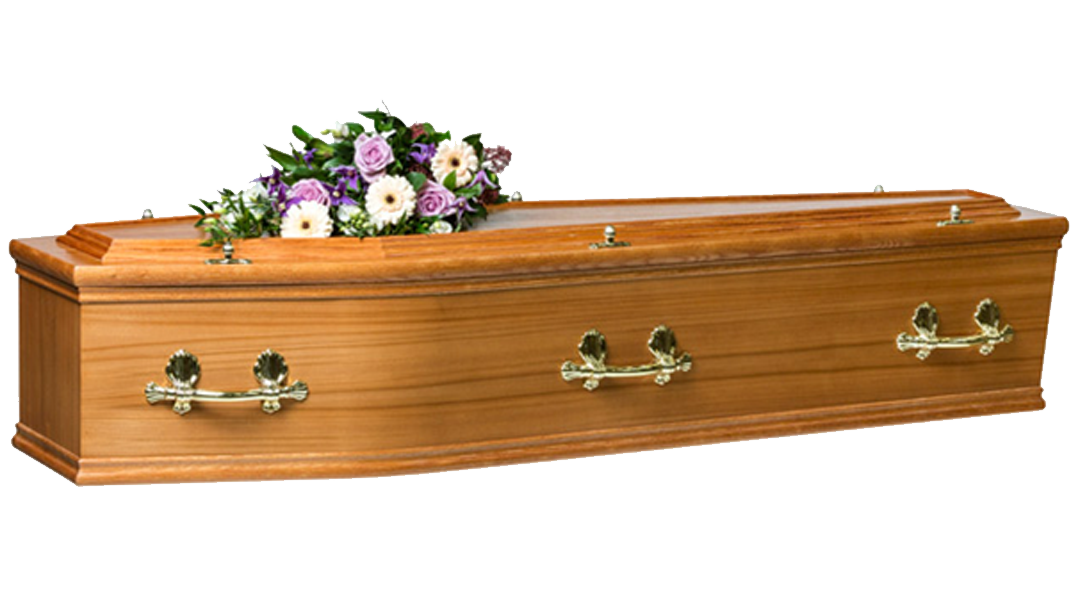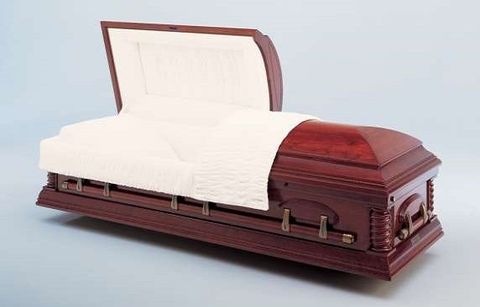
When picking a Daisybox, you'll be celebrating the life of a departed loved one in the most customised and dignified method. You or your family and friends can Do It Yourself decorate or have a preferred image printed or painted all over a Daisybox, as a last visual and conversation starter for all to value a life well-lived. The final imaginative outcome is absolutely as much as you, with a growing global network of artists, printers and funeral arrangers all set to accept your bespoke style requirements.
If an individualized service is not what you're looking for, then an unattended, inexpensive direct-cremation, followed by a memorial service or gathering is likewise frequently experimented a Daisybox "Fundamental" casket.
The truth there is now an alternative to an expensive metal, lumber or crafted wood casket or casket, is a much-requested reality.
Our team is building a global network of funeral arrangers who're delighted to use an affordable Daisybox as part of a customized funeral service. There is no time like the present to ensure that customer households have a broad choice of choices than the traditional methods. Funeral arrangers who welcome Daisybox ® are both ingenious and observant to the changing nature of client households.
Honouring the dead has actually been very important throughout history. But how did our ancestors bury their enjoyed ones, what has altered and what has remained the exact same? Find out in our brief history of caskets.
Stone Age burials
Neanderthals residing in Eurasia 600,000 years ago buried their dead in shallow graves with a few personal keepsakes such as tools. These burials were extremely easy and usually served as a method to prevent scavengers. Recent discoveries show later on Neanderthals carried out ancient burial rites. A 50,000-year-old skeleton found in a cave in France has lead researchers to think that people would ceremoniously bury their dead even as far back as the Stone Age. Some Neanderthals decorated themselves with homemade jewellery including numerous pigments, feathers and shells.
Ancient Egyptians
The Egyptians were experts at mummifying everything, from human beings to crocodiles. They held a strong belief that death was simply an obstacle to the afterlife and they preserved the body so the spirit of "Ka" might direct them to paradise. Apart from the heart, which was required for the Hall of Judgement, all organs were taken out and the body was embalmed and covered in linen. Similar to today, there were a variety of 'mummification packages' so that everybody from the extremely wealthy to the impoverished might mummify their liked ones and ensure they had a safe journey to the afterlife.

Middle ages casket making
We'll never know how popular wood caskets were during Medieval times due to the basic truth that most of them have broken down. Coffins made of lead and stone were booked for the extremely wealthy or very crucial. The shape of these different wildly from today's caskets; they Check out here were a rectangular-shaped alcove sculpted into stone, with a rounded circle at the top for the head - the perfect shape for an individual. An example of this can be discovered in the Greyfriars graveyard in Leicester, where Richard III was discovered. The lead coffin framed by a larger stone coffin consisted of the body of an old woman, who was stated to be an important benefactor of Greyfriars in between the 1200s and 1400s.
American Civil War
Although the French were the very first to coin the term 'coffin', drawn from the Greek term for 'basket,' it wasn't up until the American Civil War began in 1861 that caskets were commonly used. Utilizing them to transfer dead soldiers safely and firmly, Americans began to mass produce the casket we understand today. American Civil War coffins were frequently produced from old wooden furnishings as they were required. The original caskets soon simplified into 'coffins' - the difference being that coffins have 6 sides and caskets have 4 sides.
Victorian caskets
The first casket factory museum opened just recently in Birmingham. Formerly among Britain's most well-known coffin makers, the Newman Brothers Casket Furniture Factory catered for the Victorians' 'fixation' with death. In the Victorian age, funerals were a substantial occasion and people would invest a lot of cash on the occasion - including trimmings such as brass manages, burial shrouds, breastplates and serious ornaments. Burial vaults were especially popular and the coffins predestined for the vaults included three layers - among which was lead. It wasn't uncommon for these caskets to weigh as much as a quarter of a tonne.
Coffins today
Modern funeral services are seen as a chance to commemorate life and a chance to offer the person a send-off that matches their design and character. Today, over 75% of people are cremated, however even in a cremation, the coffin is a crucial way to reflect and keep in mind the personality of the deceased. Whether it's a clever gloss-black coffin or a casket influenced by the individual's preferred football club-- there is a huge range of choices available to households. There is also an increasing number of individuals choosing eco-friendly caskets and even 'organic burial pods' where your enjoyed one's remains will support the growth of a tree.